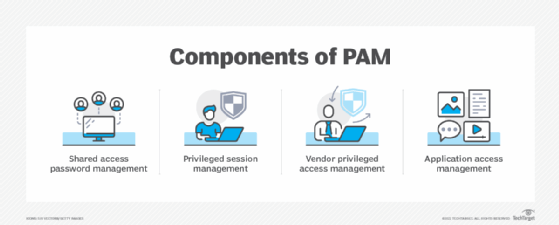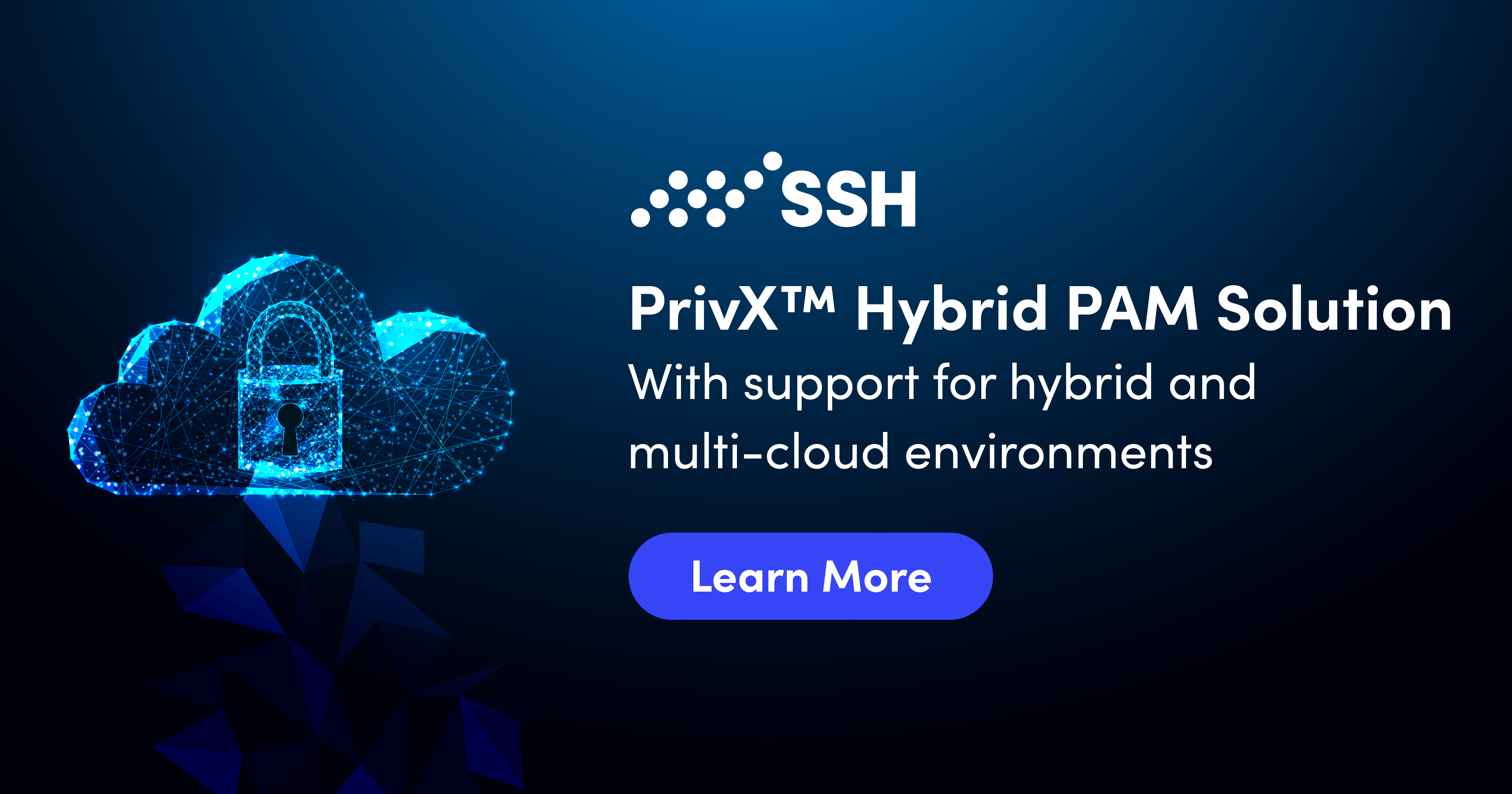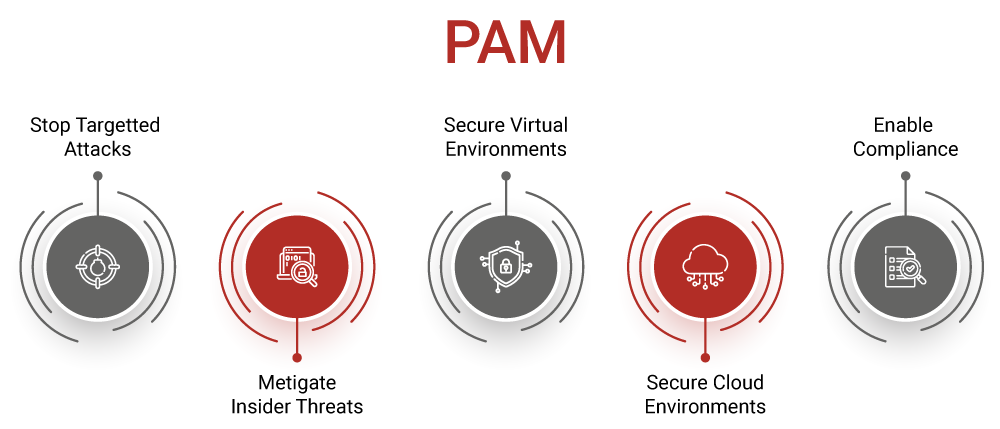When things get busy, or perhaps a little intense, in any workplace, that feeling of "pam office hot" can certainly settle in. It is that moment when the pressure is on, and the need for immediate, secure access to vital information and systems becomes absolutely clear. Protecting an organization's most important digital assets is, after all, a pretty big deal, especially when the pace picks up, and you need to get things done quickly and safely.
This idea of "pam office hot" really points to a situation where Privileged Access Management, or PAM, steps up as a key player. PAM is a kind of identity security solution. It helps keep organizations safe from various cyber threats. This happens by watching over, finding, and stopping any access that isn't supposed to happen, particularly when it comes to those special accounts that hold a lot of digital keys. So, it's about making sure the right people have the right access at the right time, especially when time is short, and the stakes are high.
Think about a time when an office is buzzing, or maybe there's an unexpected situation, like a system needing a quick fix. That's when "pam office hot" comes into play. It's about how PAM helps manage and secure access to very important systems, applications, and data. These are usually things only a few special accounts can touch. It's about making sure that even in the most urgent moments, access remains controlled, monitored, and protected, which is, in a way, pretty reassuring.
Table of Contents
- What is PAM and Why It Matters When Things Are Hot
- The Meaning of "Hot" in an Office Environment
- How PAM Protects Your Office in Critical Moments
- Putting PAM to Work for a Secure Office
- Real-Life "Hot" Situations and PAM's Role
- Keeping Your Office Safe with PAM Over Time
- Frequently Asked Questions About PAM Office Hot
What is PAM and Why It Matters When Things Are Hot
Privileged Access Management, or PAM, is a kind of security plan and a group of technologies. Its main goal is to keep an organization's most private data and important systems safe. This is done by really carefully controlling and watching over who can get to what. It’s like having a very watchful guard for your most valuable digital possessions, so it's quite useful.
The core idea behind PAM is simple: some accounts in any system have more permissions than others. These are "privileged" accounts. They can change settings, access sensitive data, or control other accounts. So, when an office situation becomes "hot" – meaning urgent or high-stakes – managing these powerful accounts becomes even more vital. A little slip-up during a busy period could cause a lot of trouble, which is why this is so important.
PAM is a part of identity management and a branch of cybersecurity. It puts its main attention on controlling, watching, and protecting those special accounts inside a company. It is, you know, about making sure that only the right people, and sometimes even automated processes, have the ability to do powerful things. This helps prevent bad actors from getting in and causing problems, especially when the office is in a very active state.
The Meaning of "Hot" in an Office Environment
When we talk about "pam office hot," the "hot" part doesn't always mean temperature. Instead, it often points to a situation that is critical, urgent, or perhaps a bit intense. Think about a moment when a major system is down, or maybe there's a sudden security alert. That's a "hot" situation. It's when quick actions are needed, and those actions often involve accessing very sensitive parts of the network, which is where PAM really shines.
Consider, for example, a situation where a company like Oncor Electric Delivery is working to restore power after a big storm. Their damage assessment and power restoration teams are working hard. This is, in a way, a "hot" situation for them. They need quick, secure access to systems and information to do their job. While the provided text mentions Oncor's work, it highlights how urgent, real-world operations demand precise and controlled access, which is quite similar to how PAM works in any office during a crisis.
So, a "hot" office situation could be anything from a cybersecurity incident that needs immediate attention to a system upgrade that requires temporary elevated access for a specific team. It could even be a rapid response to a business opportunity that demands quick data retrieval. In all these cases, the need for secure, monitored access is very high, and PAM is there to help manage that pressure, which is, honestly, a great thing to have.
How PAM Protects Your Office in Critical Moments
PAM is a security framework. It is set up to keep organizations safe from cyber threats. It does this by controlling and watching over who can get to critical information and systems. When your office is in a "hot" state, this control becomes even more important. It ensures that even under pressure, security practices don't get overlooked, which is a rather big deal.
Stopping Unwanted Access
One of the main jobs of PAM is to prevent access that isn't authorized. This means making sure that only people who are supposed to have high-level permissions can actually use them. In a "hot" office situation, where things are moving fast, it's easy for mistakes to happen or for bad actors to try and take advantage. PAM puts up strong barriers, so, you know, it helps keep out those who shouldn't be there.
It helps protect organizations against cyberthreats by watching, finding, and stopping any access that isn't allowed. This is especially true for privileged access. This means that even if someone tries to use a privileged account without permission during a busy period, PAM can detect it and put a stop to it. This provides a very important layer of defense, which is pretty good for peace of mind.
Keeping an Eye on Things
PAM also includes strategies and technologies for controlling and monitoring elevated access and permissions for identities and users. This means it's not just about blocking bad access; it's also about keeping a close watch on all privileged activities. So, if someone with special access does something unusual, PAM will notice. This is very helpful for figuring out what happened if something goes wrong, and it's, in some respects, like having a security camera for your digital keys.
During a "hot" situation, this monitoring becomes even more valuable. You can see who accessed what, when, and from where. This audit trail is very useful for figuring out the cause of an issue or for meeting compliance rules. It’s a way to ensure accountability, which is, you know, a very good thing to have when things are hectic.
Making Sure Rules Are Followed
Privileged access management helps organizations manage and secure access to their most critical systems, applications, and data. These are typically kept for privileged accounts. This management often involves making sure that access follows certain rules and policies. So, even when an office is "hot" and everyone is rushing, PAM makes sure that security policies are still in place and being followed, which is, quite honestly, very important.
This also helps with meeting various industry and government rules about data security. When auditors come knocking, having a clear record of privileged access and its controls is a huge plus. PAM helps automate some of these checks, making it easier to stay compliant even when things are, you know, a bit chaotic. It's a way to keep things orderly and safe, even when the pressure is on.
Putting PAM to Work for a Secure Office
Getting PAM set up in your office, especially with "hot" situations in mind, means a few steps. First, you need to find all the privileged accounts you have. This includes human users, applications, and even machines that have special access. It's like taking an inventory of all your master keys, which is, you know, a pretty good first step.
Next, you need to decide who needs access to what, and for how long. The idea is to give the least amount of privilege necessary for someone to do their job. This is often called the "principle of least privilege." So, if someone only needs access for an hour to fix something, they get it for that hour, and then it's gone. This helps keep things tight, especially when an office is, you know, very busy.
Then, you need to put systems in place to manage these accounts. This might involve tools that automatically change passwords, or systems that ask for approval before someone can use a privileged account. These tools help automate a lot of the work, which is, you know, pretty helpful when you're dealing with a lot of activity. It's about making the process smoother and safer.
Also, don't forget about regular reviews. Even with PAM in place, it's a good idea to check who has what access every so often. This makes sure that permissions are still correct and that no one has more access than they should. It's a continuous process, which is, in a way, pretty smart for keeping things secure over time. Learn more about privileged access management on our site.
Real-Life "Hot" Situations and PAM's Role
Think about a time when your internet goes out, or maybe the power flickers. Companies like Oncor Electric Delivery have teams working hard to get things back to normal. Their personnel are working since a storm's arrival, which is a clear example of a "hot" situation. In their world, getting power restored safely and quickly involves a lot of coordinated effort and access to critical systems. While their specific tools might differ, the need for secure, managed access during such urgent times is very much the same as what PAM provides in an office setting.
In an office, a "hot" situation could be a sudden cyberattack. Maybe there's a virus trying to spread, or someone is trying to get into your systems without permission. In these moments, IT security teams need immediate, but also very controlled, access to servers, firewalls, and other defenses. PAM ensures that only authorized personnel can make those critical changes, and that every action is logged. This is, you know, very important for stopping the attack quickly and without causing more problems.
Another "hot" scenario might be a major software update or a system migration that needs to happen overnight. The team doing the work will need elevated access to many parts of the network. PAM can provide just-in-time access, meaning they get the permissions only when they need them and for a limited time. This reduces the risk of those powerful accounts being misused, even if someone forgets to revoke access later. It's a very practical way to manage temporary, high-level needs, which is, in some respects, pretty clever.
Even daily operations can have "hot" moments. A critical report needs to be pulled, or a customer issue needs immediate resolution that requires looking at sensitive data. PAM helps make sure that these actions are done by the right people, with proper oversight. It helps prevent accidental data leaks or unauthorized viewing, even when everyone is moving fast. It's about keeping things safe, even in the rush, which is, you know, a pretty good benefit.
Keeping Your Office Safe with PAM Over Time
Keeping your office secure with PAM isn't a one-time task; it's an ongoing effort. The digital world is always changing, and so are the ways people try to get into systems. So, your PAM strategy needs to change too. This means regularly reviewing your access policies, updating your PAM tools, and training your team. It's like tending a garden; you have to keep at it for it to stay healthy, which is, you know, pretty true.
It's also a good idea to stay informed about new threats and security practices. Organizations like the Cybersecurity and Infrastructure Security Agency (CISA) often share helpful information that can guide your security efforts. Keeping up with these insights helps you adjust your PAM approach to meet new challenges. This proactive approach helps keep your office ready for any "hot" situation that might come up, which is, you know, very smart.
Regularly practicing how you respond to security incidents can also help. If you know how to react when a "hot" situation hits, your PAM system can be used more effectively. This means your team knows their roles and how to use the security tools available to them. It's about being prepared, which is, in a way, pretty reassuring for everyone involved. To learn more about this, you can link to this page for more security tips.
Frequently Asked Questions About PAM Office Hot
Why is privileged access management so important for office security?
PAM is very important because it protects the most sensitive parts of your office's digital setup. It stops unauthorized people from getting into critical systems, which helps prevent data breaches and other cyber problems. It is, you know, a key defense line.
How does PAM help during critical office incidents?
During critical moments, like a security alert or a system failure, PAM helps by controlling and monitoring who can access vital systems. It ensures that only authorized personnel can make necessary changes, and every action is recorded. This helps resolve issues quickly and safely, which is, in some respects, very helpful.
What are the risks of not having PAM in a busy office?
Without PAM in a busy office, there's a much higher chance of unauthorized access, data theft, or system damage. It makes it harder to track who did what, and it can leave your most important data unprotected. This is, you know, a pretty big risk for any business.
For more general information on cybersecurity best practices, you might find resources from a reputable cybersecurity resource very helpful.



